Cooper Discoverer AT3 vs Toyo Open Country A/T III
Having an off-road capable vehicle is the flexibility that some people want. Being able to drive your SUV or light truck on a paved road or take it off-roading is something that adheres to the needs of many, and that is one of the reasons why they are so popular.
In most cases, things are pretty simple – you either get a tire for road use or for off-road one. The good news is that there are models which can offer the best of both worlds, and it’s called an all-terrain tire.
Tires designed to be good at multiple aspects are only good and don’t compare with the dedicated ones, which is something that some owners will be fine with. Having one set of tires for on and off-road use is good enough as long as they don’t do anything extreme.
The mid-range manufacturers have shown a lot of potential with the all-terrain models they put on the market, and today’s comparison will cover two popular options. On one side, you have the Cooper Discoverer AT3 XLT, and on the other, there’s the Toyo Open Country A/T III.
Both are advertised as excellent all-terrain options, but which is the better one?
Bottom Line Up Front: Tire Rack has some of the best selection of tires on the planet. They offer a more seamless, low stress buying experience. And since they are an online-only shop, Tire Rack can deliver a better quality product at a lower price compared to other name brands.
Cooper Discoverer AT3 XLT
Price Check
Check the price of this tire at the following retailers:
Amazon TireRack DiscountTire PriorityTire SimpleTireDon't know the correct size tire to purchase? Start here!
In the Discoverer AT3 lineup, the XLT is the most advanced model out of the 3 that Cooper offers. It is designed to take on rougher terrain and some more abuse, which is why I’ve chosen it for today.
For road performance, Cooper designed the Discoverer AT3 XLT with its Even Wear Arc Technology. The goal of this is to ensure that the contact patch with the road remains as consistent as possible, providing even wear across the tire’s lifespan. In addition to that, this technology can ensure that the tire has decent handling.
Despite the all-season badge, the Discoverer AT3 XLT has a 3PMSF rating, meaning that snow performance shouldn’t disappoint. To back the rating up, Cooper designed it with the Snow Groove Technology, which works to improve through the rubber compound and tread design. The softer rubber combined with the zig-zag sipes and biting edges of the blocks should ensure that the traction on snow is better than tires with an M+S rating.
On the off-road side of things, the XLT has a feature that its cousins from the Discoverer AT3 lineup don’t have. The main difference is in the shoulder design, and thanks to the Rugged Traction ones, this tire should result in better performance, especially in mud.
For the Discoverer AT3 XLT, Cooper used a Durable-Tread Technology featuring a silica compound that can resist shredding. The end result should be a tire that won’t get destroyed after a quick drive in the wilderness. Plus, the stone ejection technology is there to ensure that rocks don’t get stuck in the grooves and damage the tire.
Toyo Open Country A/T III
Price Check
Check the price of this tire at the following retailers:
Amazon TireRack DiscountTire PriorityTire SimpleTireDon't know the correct size tire to purchase? Start here!
Toyo‘s latest addition to the Open Country all-terrain lineup, the A/T III, promises to deliver some improvements over its predecessors, meaning that it should put it close to its competitors.
The rubber compound gets an upgrade, meaning we should see improvements in several areas. Cooper’s upgrade of the compound ensures that the tire provides confident performance on damp roads. It also delivers benefits in the off-road section by making it cut and chip-resistant, meaning that longevity shouldn’t be an issue.
Next up is the tread pattern, which like the compound, is designed to deliver multiple advantages. The void area is designed to be evenly distributed to wear down the tire more evenly. Another area it helps is with the handling by stiffening up the tread blocks.
As part of the void, Toyo increased the grooves of the Open Country A/T III, meaning that you should notice benefits on and off-road. On the road, the grooves should help evacuate more water making the tire more stable. In off-road or snow situations, the goal is for the tire to have better traction, backed by the staggered shoulder logs.
Speaking of snow and rain, Toyo implemented 3D multi-wave sipes in the blocks, designed to improve traction, especially on wet roads or hardpacked snow. Thanks to all of this, the Toyo Open Country A/T III gets a 3PMSF rating, so the snow performance should be very good.
To ensure that stones don’t get stuck and damage the tread, the Open Country A/T III features stone ejecting blocks.
Performance Comparison
Even though the tires are designed with different technologies, some of the features are similar, meaning balanced performance on and off-road. Despite that, The Discoverer AT3 XLT and Open Country A/T III don’t perform identically in all weather conditions.
How do they perform in dry conditions?
When it comes to dry performance, tires like the Discoverer AT3 XLT and the Open Country A/T III are very good performers, considering that they are all-terrain tires.
Both tires are excellent for daily driving as far as traction and grip go. They can deliver very good performance to a point where everyday driving around town won’t show massive differences. Even though the Discoverer AT3 XLT and Open Country A/T III aren’t designed to be pushed hard, you can do that, but only up to a point.
In an aggressive acceleration situation, wheel slip isn’t massive, especially if there’s weight on the tire. I’d go with the Toyo tire if I had to pick because it seems only a tad grippier than the Cooper one. Keep in mind that I’m talking about a situation that most people wouldn’t find themselves in on a daily basis.
Safety is a key aspect of any tire, and I’m happy to report that the Open Country A/T III and Discoverer AT3 XLT are very good at it. Both have very short braking distances, which are near the top of their class.
How do they perform on wet roads?
Wet roads aren’t the most ideal conditions for driving, but both tires do a decent job at delivering performance. With that said, in this situation, there are slightly more noticeable differences.
Let me clear the air first – the Open Country A/T III and the Discoverer AT3 XLT aren’t class-leading tires but are far from the worst. Traction on damp surfaces is plentiful, especially with the Toyo tire. Cooper’s model delivers satisfactory levels of grip and traction on damp surfaces, making it planted in the corners.
The Discoverer AT3 XLT isn’t terrible in this regard, but it won’t handle too high speeds in the corners. Under normal driving, while you may notice some minor differences, they won’t make or break your driving experience.
This remains similar in the braking distances, where even though there is a difference, it isn’t massive. The Open Country A/T III manages to stop at a slightly shorter distance than the Discoverer AT3 XLT. To be honest, this shouldn’t be a surprise when you consider that Toyo put a lot of effort into the new rubber compound.
Braking distances are decent, and the tires won’t struggle to stop. In this regard, both are close with some minor differences putting them above average for their class. The aquaplaning resistance is also excellent, thanks to the aggressive tread pattern and large voids. Both tires will remain stable up to a point, but since they aren’t tires that should be driven hard, most people wouldn’t experience that.
Can they be used on snow?
The Discoverer AT3 XLT and Open Country A/T III come with a 3PMSF rating, meaning that they will be more usable in wintery conditions than regular M+S all-season tires. As in some previous tests, the differences aren’t massive, making both tires excellent performers.
Combining an aggressive tread pattern with a compound that doesn’t harden in colder temperatures is what makes these tires excellent performers in snowy conditions. Over unpacked snow, the Open Country A/T III and Discoverer AT3 XLT deliver high levels of grip and traction even in cases where the snow is deeper.
In unpacked situations, there is a more noticeable difference. The Open Country A/T III delivers slightly more traction and grip, so you shouldn’t lose control if you go into a corner at higher speeds. On the other hand, the Discoverer AT3 XLT isn’t a bad performer, but it can struggle a bit on unpacked snow.
One area where both tires don’t perform too well is in icy conditions. Sure, you can drive them, but very carefully and at lower speeds. The Open Country A/T III and Discoverer AT3 XLT are not winter tires, so the lack of performance in these conditions shouldn’t come as a surprise.
Will they deliver good off-road performance?
The Discoverer AT3 XLT and Open Country A/T III are tires that can deliver excellent off-road performance, at least as far as all-terrain tires go. While they won’t be as good as mud-terrain ones, most people would find them more than enough.
Both tires will deliver very good performance in lighter conditions like gravel roads. The Open Country A/T III and Discoverer AT3 XLT are more than up for the task of delivering superb grip and traction on gravel or dirt.
Going for something a bit more aggressive like mud or sand, things begin to get a bit different. While both tires are equal if the mud is shallow, in deeper patches, the Open Country AT3 is slightly ahead of the Discoverer AT3. It’s not a massive difference, but it’s there if you look for it.
For the most extreme situations like rock crawling, I have to say that both tires wouldn’t be my first choice, which is natural. All-terrain tires won’t match mud-terrain ones in these conditions, and the same goes for the Discoverer AT3 XLT and Open Country A/T III.
Are they good in the handling department?
Considering that we’re talking about all-terrain tires, you shouldn’t expect handling characteristics as you’d get with a UHP tire. With that said, they aren’t terrible in this regard, and they feel more or less similar.
The Discoverer AT3 XLT and Open Country A/T III are tires that won’t wow any enthusiast. In the responsiveness section, the model from Toyo is maybe a bit more responsive, but it’s still not something that you can take to the track. Feedback is another area where they won’t be too much communicative through the steering wheel. You’ll need to try very hard to figure out what the front tires are doing.
As far as tracking goes, the Discoverer AT3 XLT seems to be doing a slightly better job than the Open Country A/T III. It needs a little fewer corrections with the steering wheel to ensure that the road imperfections don’t change their course.
If you’re coming from touring tires, you may need some getting used to, but if this isn’t your first all-terrain tire, you probably already know the drill.
How well-refined are the tires for everyday driving?
Refinement isn’t something you should expect from all-terrain tires, so don’t expect these to be as good as some of the grand touring options I’ve talked about in the past.
Cooper and Toyo have their own technologies for making their tires quieter, which shows with the Discoverer AT3 XLT and Open Country A/T III. The noise levels are acceptable when you consider the aggressive tread pattern. They’re not whisper quiet like the Turanza QuietTrack, naturally, but it’s not something that can be characterized as overly intrusive in the cabin.
Unfortunately, the comfort levels aren’t something to write home about. The Open Country A/T III and Discoverer AT3 XLT aren’t the harshest tires on the market, but they’re far from the most comfortable ones. In both cases, you will notice a slight jolt when you hit a larger hole, and they can feel a bit nervous if the surface you’re driving on isn’t smooth.
Do any of them offer a warranty?
In the warranty section, there is a slight difference that goes in favor of Toyo. The Discoverer AT3 XLT comes with a 60,000-mile treadwear warranty, while the Open Country A/T III has 65,000 miles. It’s not a massive difference, but for some people, it could make a difference in the decision.
How do they compare in terms of price?
Pricing is where the Discoverer AT3 XLT manages to get ahead of the Open Country A/T III. Depending on the specific size, you are looking at a difference between $20 and $50, something that can also depend on the dealer.
Cooper Discoverer AT3 XLT Pros and Cons
Pros
- Slightly lower price point
- Very good performance on the road
- Can tackle most off-road conditions
Cons
- Slightly less treadwear warranty
- It lacks a bit behind the Open Country A/T III in wet performance
Toyo Open Country A/T III Pros and Cons
Pros
- Longer treadwear warranty
- More size options
- A slight advantage in off-road performance
Cons
- Price is a bit higher
- Ride quality isn’t the smoothest in the all-terrain segment
Which of the two is the better option?
When you’re buying an all-terrain tire, there are some compromises you should expect to make, so the same goes for the Open Country A/T III and the Discoverer AT3 XLT. The differences between these two models are not all that great, so in some cases, it’s nitpicking to choose a better one.
Generally speaking, the Open Country A/T III is a bit better performer, especially in wet and mud, so if you’re okay with the higher price, this is the tire to go. On the other hand, the Discoverer AT3 XLT delivers almost the same performance levels at a slightly lower price, so it’s not a poor choice.
If you manage to find the Open Country A/T III at a discount that would put it in the same range as the Discoverer AT3 XLT, then don’t hesitate about it.
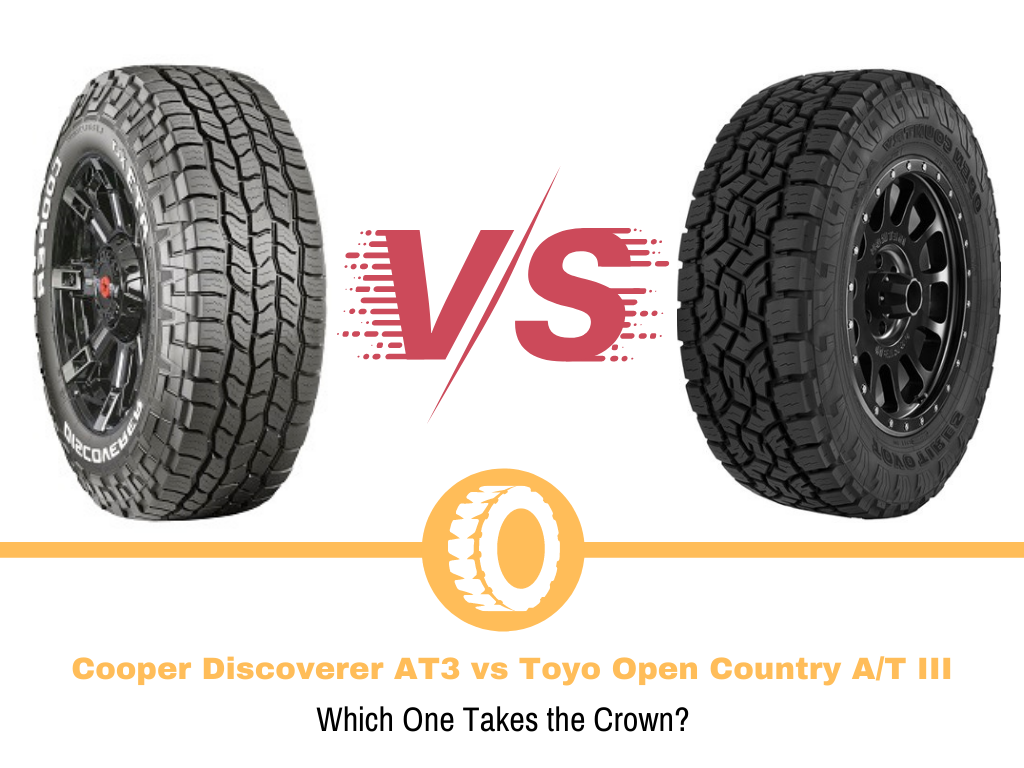
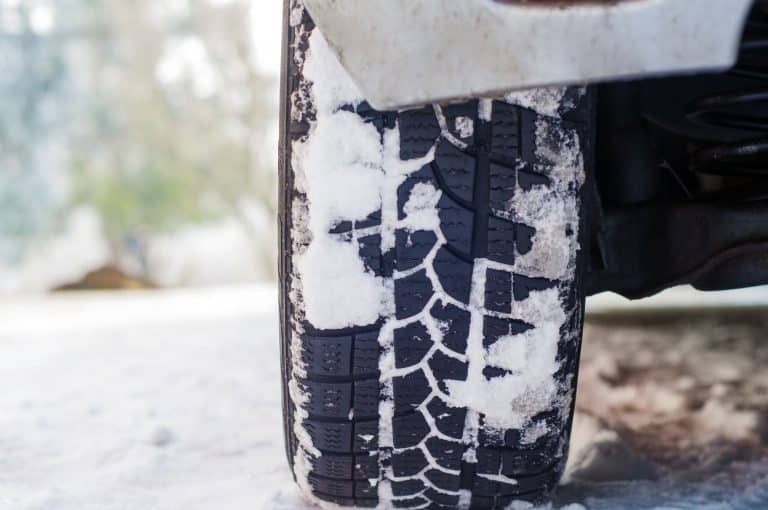
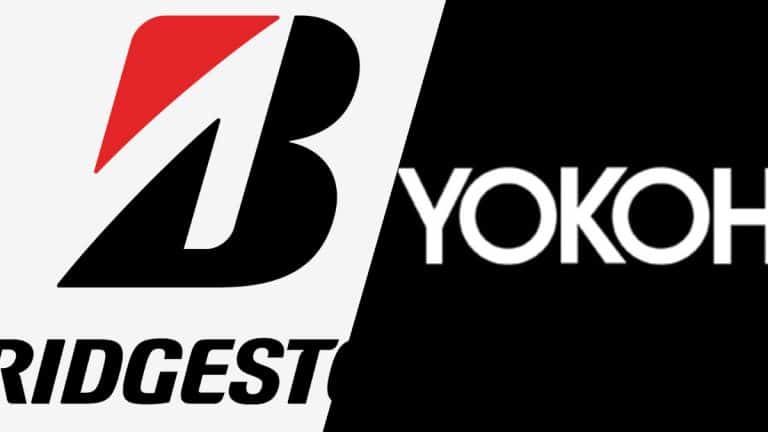
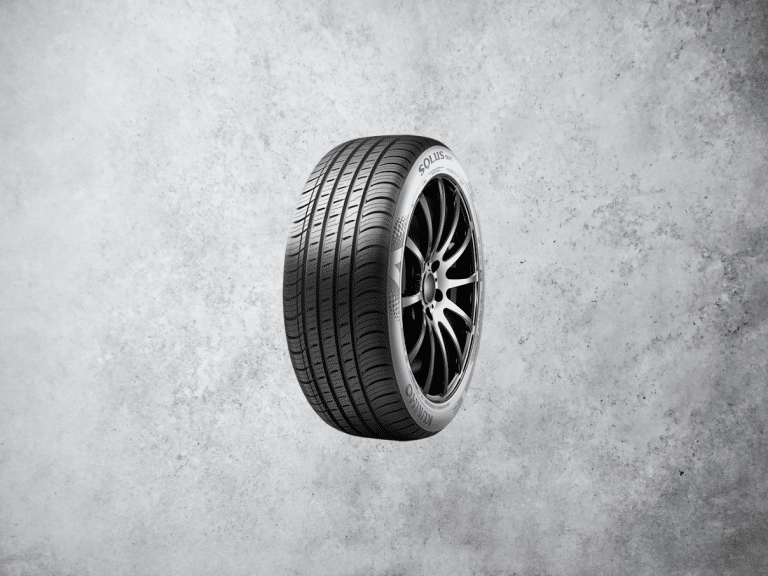
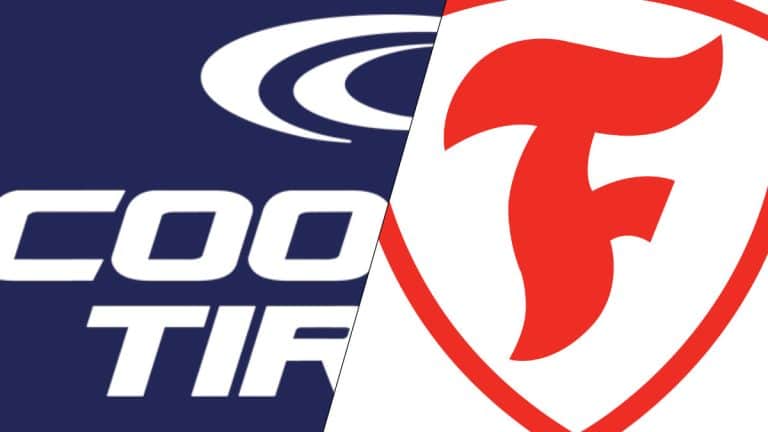

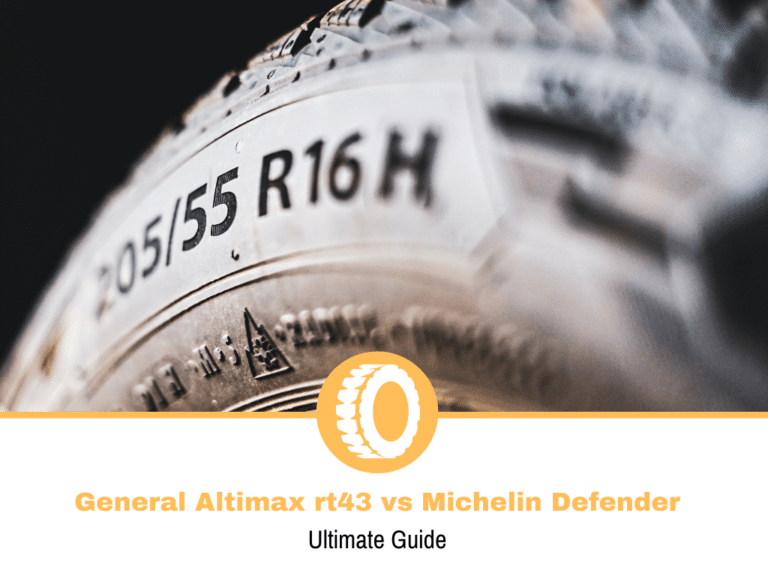
How about fuel mileage was there a difference between the two and VS stock
With fuel over $5 a gallon that is another factor.